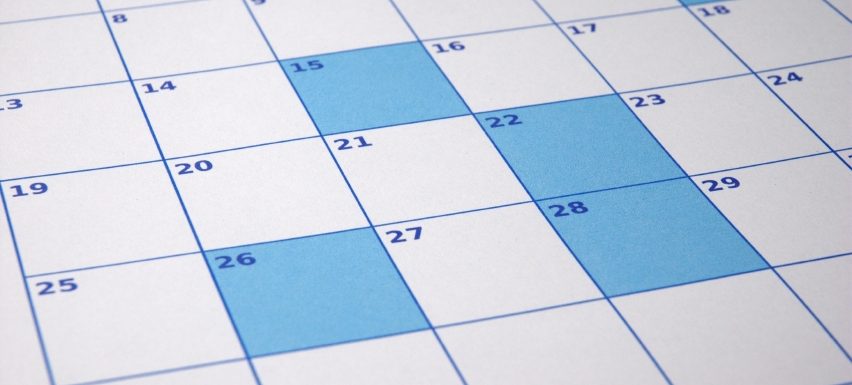 Over the last few posts, I think it’s clear that I’m passionate about creating compelling content as the cornerstone of your marketing plans. However, it’s one thing to create the greatest white paper or blog post but quite another to do it on a regular basis. And, that’s exactly what’s needed in order for your content to resonate with your audience and move them along the sales funnel.
Over the last few posts, I think it’s clear that I’m passionate about creating compelling content as the cornerstone of your marketing plans. However, it’s one thing to create the greatest white paper or blog post but quite another to do it on a regular basis. And, that’s exactly what’s needed in order for your content to resonate with your audience and move them along the sales funnel.
The key is to develop an editorial calendar or publishing schedule just like a newspaper or other media outlet does to make sure they have new, interesting and relevant content on a daily, weekly or monthly basis depending on how often they publish.
The idea for the content publishing schedule formalized for me when I read the book, Content Rules: How to Create Killer Blogs, Podcasts, Videos, Ebooks, Webinars (and More) That Engage Customers and Ignite Your Business by Ann Handley (@MarketingProfs) and C.C. Chapman (@cc_chapman). In addition to some good examples of publishing schedules, I strongly recommend it as a great source of many insights on content marketing.
Here’s my “standard” content publishing schedule that I’ve used in my marketing plans:
For me, I use the time and effort needed to create a piece of content to decide whether it should be published on a daily or quarterly basis. A new white paper every day or week would be amazing but it’s clearly never going to happen even in a company with hundreds of resources, as there are always a number of competing priorities.
Even with the schedule, there is a lot of work to do and it’s not going to be easy at a start-up with limited resources, especially if you want your content to be compelling. That’s why a concept called Reimagine; Don’t Recycle, that Handley and Chapman discuss in their book is key.
They talk about how you create 10 pieces of content out of 1 piece which is really the only way to come close to meeting my publishing schedule above. To do this, you need to think of each piece that you create as part of a larger whole or if you start with a longer white paper or eBook think about how you can break it up into smaller chunks. Where you start doesn’t matter, but creating content is an ongoing process and you need to take a broader view of the content you create.
In the end, it doesn’t really matter what your content publishing schedule looks like. It can be more or less than what I’ve outlined above. It just needs to be realistic and used as a system that ensures you produce educational, relevant and interesting content on a regular basis.



Leave a Reply